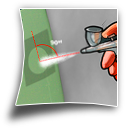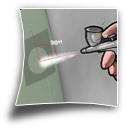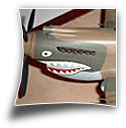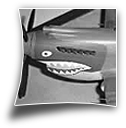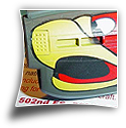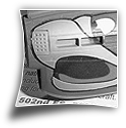MONTEX: TUTORIAL: JAK MALOWAĆ ZNAKI
|
Tools |
 |
|
|
Painting angle and paint properties |
 |
|
|
Problematic colors |
 |
|
|
Preparing the masks |
 |
|
|
Painting methods |
 |
|
|
When are masks better than decals? |
 |
|
|
Also worth remembering
|
||
|
Apply the white color |
 |
|
|
Prepare the Montex mask |
 |
|
|
Apply the color of the camouflage |
 |
|
|
Apply the navy blue color |
 |
|
 |
||
|
Apply the white color |
 |
|
|
Prepare the Montex mask |
 |
|
|
Apply the color of the camouflage |
 |
|
|
Positioning the black areas |
 |
|
 |
||
|
Apply the white color |
 |
|
|
Prepare the Montex mask |
 |
|
|
The color of the camouflage |
 |
|
|
The positioning of the remaining colors |
 |
|
 |
||
|
Apply the white color |
 |
|
|
Prepare the Montex mask |
 |
|
|
Apply the color of the camouflage. Apply red paint. |
 |
|
|
Apply the proper camouflage color |
 |
|
 |
||
|
Apply the color of the camouflage |
 |
|
|
Prepare the Montex mask |
 |
|
|
Apply the color of the emblem |
 |
|
 |
||
|
The color of the camouflage |
 |
|
|
Prepare the Montex mask |
 |
|
|
Apply the desired color of the code sequence |
 |
|
 |
||
